In Vietnam, https://advychemical.com/infrastructure/ moon cakes, or bánh trung thu, are more than just delightful treats; they are symbols of culture, family, and tradition woven intricately into society. These meticulously crafted pastries are eagerly anticipated during the Mid-Autumn Festival, a celebration that unites families and honors relationships. The arrival of the festival signals the changing of the seasons, a time for gatherings under a luminous full moon, and, of course, the sharing of bánh trung thu. Each delicate bite encapsulates stories of the past, flavors of the present, and hopes for the future. The craft of making moon cakes has traversed generations, embracing both traditional practices and modern innovations, reflecting a nation’s culinary evolution.
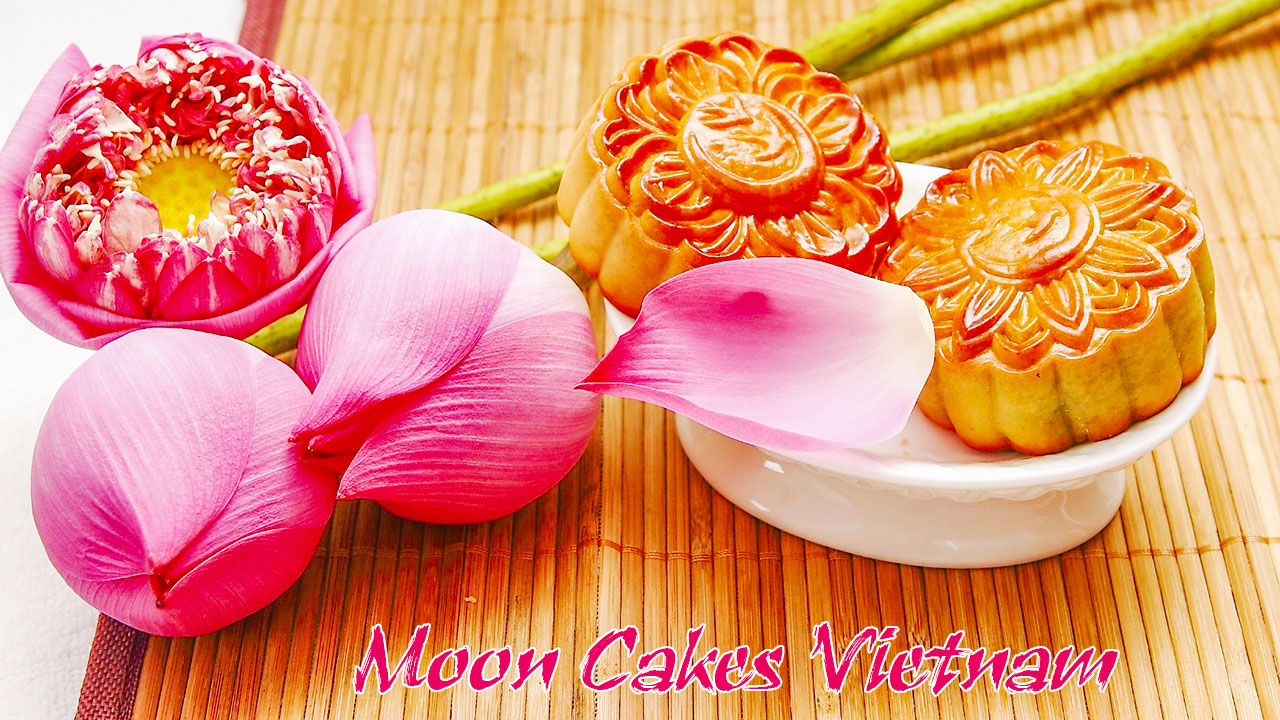
With a history that intertwines with both Chinese culture and Vietnamese customs, bánh trung thu embody a rich tapestry of beliefs and values. From the regal lotus seeds to the modern chocolate ganache, the diversity of fillings and styles speaks to the creative heart of Vietnamese cooking. As we delve into this culinary journey, we uncover the layers of history, culture, and flavor that make moon cakes an essential part of Vietnamese society. Join us as we explore the enchanting world of Vietnamese moon cakes.
Purchase Tramadol History of Moon Cakes Vietnam
The roots of moon cakes can be traced back to ancient China, with the earliest mentions dating as far back as the Song Dynasty (960-1279 AD). However, it was during the Ming Dynasty that bánh trung thu made their way into Vietnamese culture, transforming from a Chinese delicacy into a beloved traditional treat in its own right. Over centuries, they have adapted to incorporate local ingredients and tastes, signifying the blend of cultural heritage that exists between China and Vietnam.
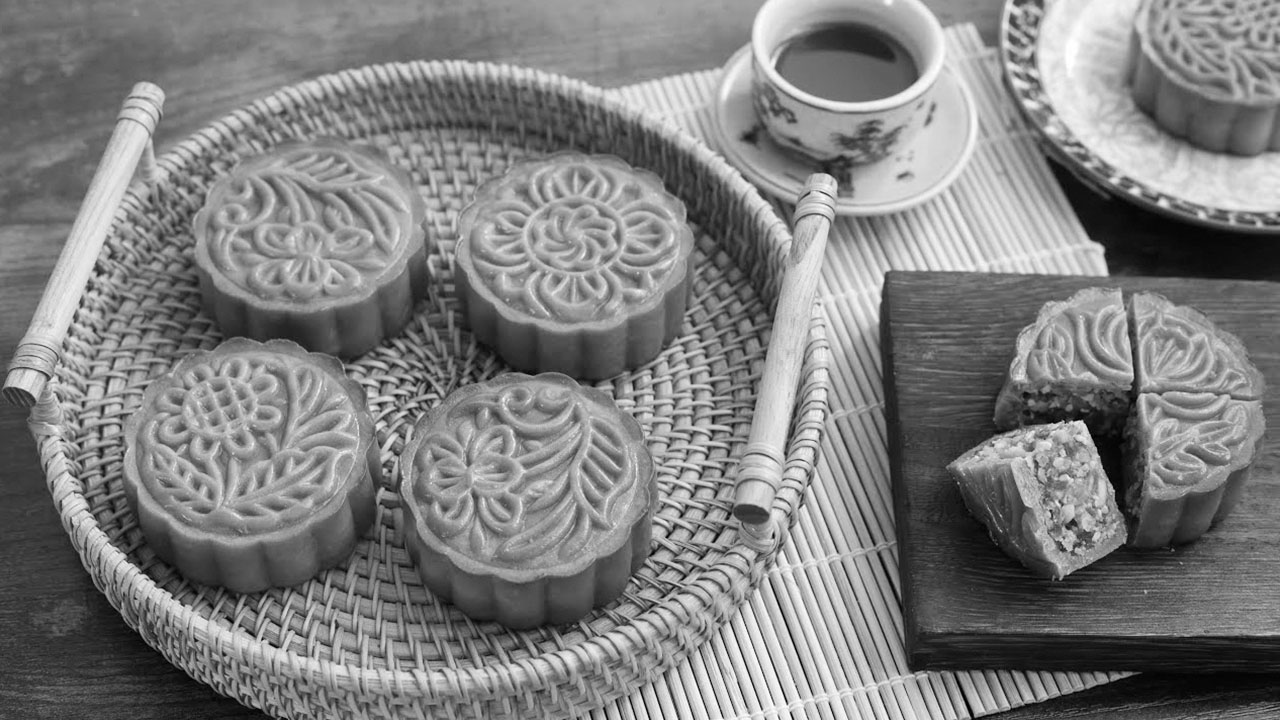
Moon cakes have roots deeply embedded in the Mid-Autumn Festival, celebrated on the 15th day of the eighth lunar month. This festival, known as Tết Trung Thu in Vietnam, emphasizes themes of harvest, reunion, and gratitude. Within this context, bánh trung thu symbolize the completeness of family and the joy of sharing, with the round shape representing unity. Additionally, families often pay homage to their ancestors, further solidifying moon cakes’ role in expressing respect and love for those who came before.
In modern times, the cultural significance of bánh trung thu has only grown, becoming associated with gifting and social bonding. With elegant packaging and diverse flavors, they serve as tokens of appreciation, making their way into office spaces and social gatherings alike. The art of crafting moon cakes has evolved into a significant business, showcasing both traditional methods and innovative culinary practices that attract a wide range of consumers.
Overall, the evolution of moon cakes from their historical origins to their modern-day significance illustrates their place at the heart of Vietnamese festivities and family traditions. They serve not only as tasty confections but also as vessels for cultural expression and familial love.
Buy Ambien Generic Origins of Moon Cakes in Vietnamese Culture
The story of Buy Ambien Online Overnight moon cakes in Vietnam is rich and vibrant, woven into the fabric of the Mid-Autumn Festival. It is said that the introduction of bánh trung thu to Vietnam originated with the exchange of cultural practices between Vietnam and China. As the festival marked the end of the harvest season, families would gather to celebrate the bounty of the earth, bonding over food and stories, much like they do today.
In Vietnamese folklore, bánh trung thu are linked to the legend of Ms. Hang and Uncle Cuoi, which adds a mythical quality to this sweet treat. According to this story, Ms. Hang, the goddess of the moon, created bánh trung thu that gained popularity after a contest honoring the harvest. This legendary aspect not only enhances the cultural significance of moon cakes but also positions them as integral to celebrations, symbolizing the reunion of families under the full moon.

As moon cakes evolved in Vietnam, local ingredients and flavors began to permeate their preparations. Traditional fillings such as lotus seeds, mung beans, and salted egg yolks melded into the recipes, creating distinctively Vietnamese versions of this pastry. The practice of offering bánh trung thu to ancestral altars is a testament to their spiritual significance; they represent gratitude and respect for ancestors while reinforcing the importance of family gatherings.
The beauty of moon cakes lies in their dual nature imbued with cultural heritage and personal meaning, they connect generations through shared experiences. Each family recipe carries unique stories, celebrating the nuances of tradition while continuing to blend in modern influences. Bánh trung thu thus stand as a pivotal element of Vietnamese culinary identity, proving that food can be both a simple pleasure and a profound statement of love and unity.
https://dradrianomastologia.com/tabs-tours/ Evolution of Moon Cake Recipes
The history of bánh trung thu is not static; it is an ongoing narrative marked by continual evolution, adaptation, and creativity. Traditional Vietnamese mooncakes fell into two primary categories baked bánh trung thu and sticky rice moon cakes but each has adapted over generations, reflecting modern tastes and preferences.
The classic baked moon cake, or bánh nướng, features a flaky, golden crust and is filled with a variety of mixtures, depending on regional influences. Historically, these fillings consisted of simple ones like sweetened mung bean paste or lotus seed paste. However, as Vietnam has become increasingly globalized, daring innovations have emerged. Today, you may find moon cakes filled with contemporary ingredients such as coffee, chocolate, and even durian. This blend of flavors offers a playful twist on the traditional pastry, appealing to both new palates and seasoned enthusiasts.
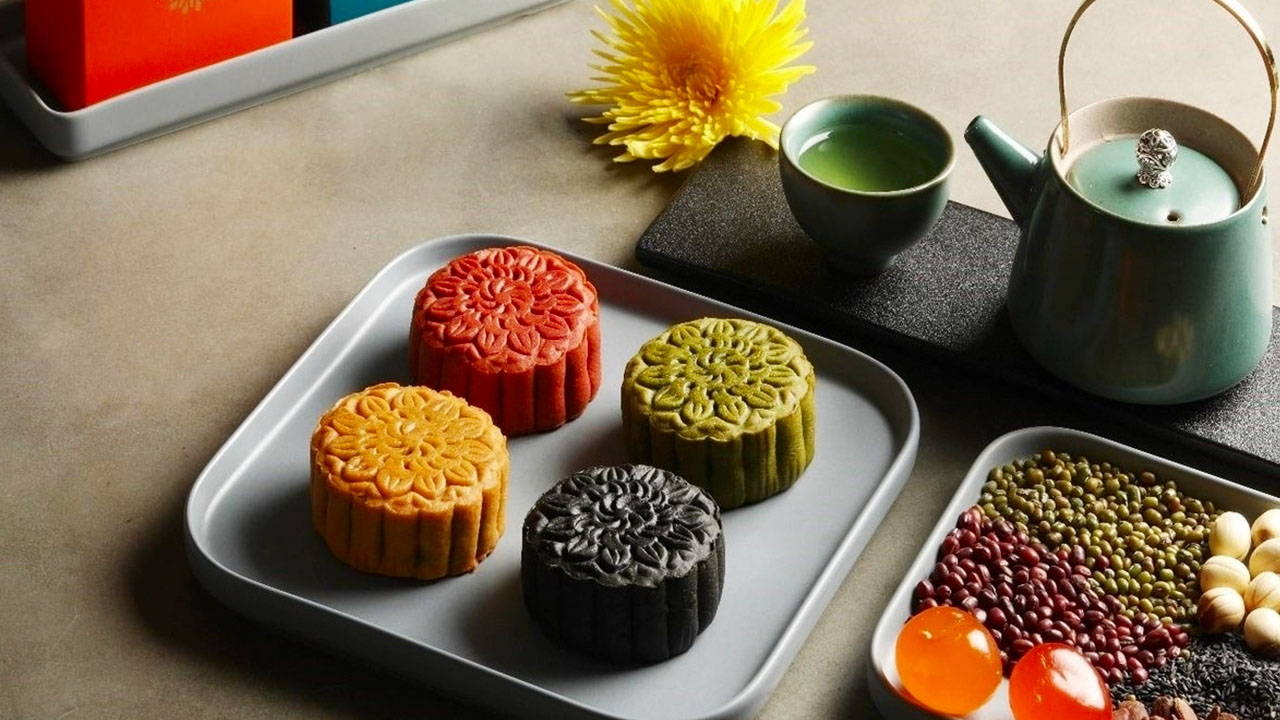
Meanwhile, sticky rice moon cakes, or bánh dẻo, provide an entirely different experience. Soft and chewy, they are crafted from glutinous rice flour. Traditionally filled with sweet pastes, their recipe has also diversified to incorporate fruit-flavored fillings or layered options featuring mashups like taro and coconut. Sometimes infused with flavors like grapefruit or pandan, the variation in sticky rice bánh trung thu showcases the influence of modern culinary trends while retaining a sense of tradition.
This evolution is a reflection of Vietnamese society itself rooted in tradition yet open to experimentation and creativity. Each moon cake tells a story, whether through its filling or its form, capturing the essence of innovation while holding onto cherished memories of the past. As we embrace new flavors and textures, we nurture our cultural heritage, allowing bánh trung thu to bridge the gap between generations and sustain the joy of sharing during the Mid-Autumn Festival.
https://rheumatologyde.com/patient-education/ Role of Moon Cakes in Vietnamese Folklore
Moon cakes occupy a prominent position in Vietnamese folklore, enhancing their cultural and emotional significance. As part of the rich tapestry of myths and legends, bánh trung thu serve as symbols of not only celebration but also community, love, and unity. The storytelling aspect of these pastries transcends mere consumption, inviting celebrants to engage with their history and family narratives.
Within the folktales, the legend of Ms. Hang and Uncle Cuoi forms a profound connection with the seasonal celebration, representing the virtues of love and devotion. This tale is shared among generations, particularly towards the end of the harvest season, reminding families of the bonds they share. Just as Ms. Hang’s bánh trung thu brought joy to her community, today’s moon cakes act as vehicles of happiness and nostalgia during the Mid-Autumn Festival.
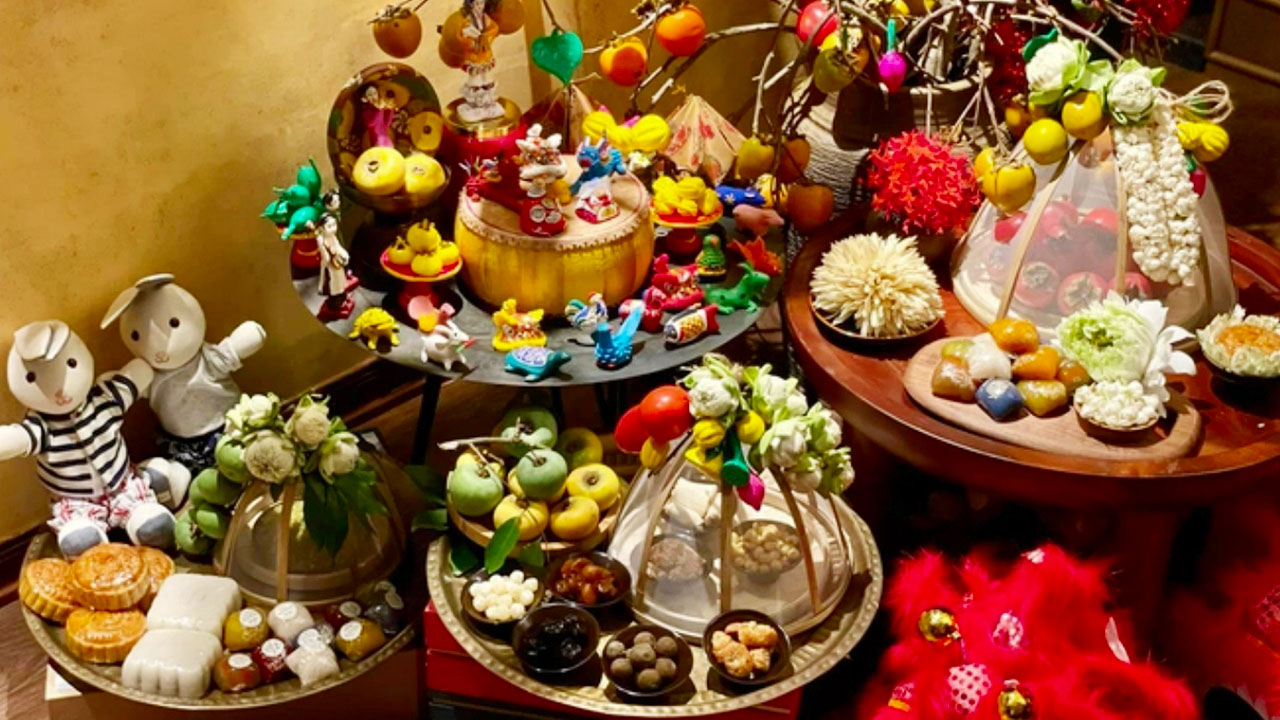
The act of gifting and sharing bánh trung thu also reflects traditional values, contributing to community bonding. As families and friends come together to enjoy these delectable treats, they enact the central themes of togetherness and gratitude emphasized in Vietnamese culture. Moon cakes flourish in their role as tokens of goodwill, not only honored within the confines of one’s home but also in social settings, further emphasizing their importance in everyday life.
Additionally, the presentation of moon cakes has become an art form, with elaborate packaging and design underscoring the significance of the offering. Those who share bánh trung thu participate in a larger cultural ritual, reinforcing the values of respect, appreciation, and harmony. The joyful exchanges surrounding bánh trung thu symbolize an essential dynamic within Vietnamese culture, where food serves as a medium for expressing emotions, constructing relationships, and honoring heritage.
Tramadol For Sale Types of Vietnamese Moon Cakes
When we think about Soma 350 Mg Price moon cakes in Vietnam, they often fall into three primary categories: baked moon cakes (bánh nướng), sticky rice moon cakes (bánh dẻo), and mixed filling bánh trung thu. Each type carries its own unique characteristics, flavors, and traditional significance.
https://www.pslra.org/about-labradors/labrador-health/ Baked Moon Cakes (Bánh Nướng)

Baked moon cakes are perhaps the most iconic of all, characterized by their golden-brown, flaky crust. Traditionally, the dough consists of flour, sugar, and fat combined into a pliable mix that wraps around various flavorful fillings. The most common fillings include rich pastes made from lotus seeds, mung beans, or sweetened red beans, often intermingled with chunks of salted egg yolk for an added depth of flavor.
- Characteristics:
- Texture: Flaky crust with a soft interior.
- Ambien Online No Rx Shape: Typically round, symbolizing completeness.
- https://www.pvgov.com/clients/ Size: Generally, 10 cm in diameter and about 4-5 cm high.
The artistry of baked bánh trung thu extends beyond flavor; detailed impressions and designs on the surface showcase craftsmanship, often influenced by cultural and familial traditions. The rich flavors combine sweet and savory elements, leading to diverse varieties that can cater to individual preferences. Innovative bakers now experiment with fillings that range from tiramisu to chocolate, appealing to modern tastes while still honoring tradition.
https://parkdentalassociates.com/services/ Sticky Rice Moon Cakes (Bánh Dẻo)

In contrast to their baked counterparts, sticky rice bánh trung thu boast a delightful chewy texture thanks to their glutinous rice flour base. The preparation involves combining flour, water, and sugar into a pliable dough that encases sweet or savory fillings, creating a sensation of softness.
- https://www.leadingvirtually.com/training/virtualteams/ Common Fillings:
- Ambien 10 Mg Price Mung Bean Paste: Providing naturally sweet flavors.
- Lotus Seed Paste: Well-loved for its creamy texture.
- Soma 350 Mg Price Modern Options: Innovations may include fruit flavors like coconut or green tea.
Sticky rice bánh trung thu are often considered healthier alternatives to baked versions, with their minimal oil content and focus on natural ingredients. They are best enjoyed fresh, showcasing their delicate flavors. During the Mid-Autumn Festival, families often indulge in these delightful treats as part of their shared experience.
Order Ambien Without A Prescription Mixed Filling Moon Cakes
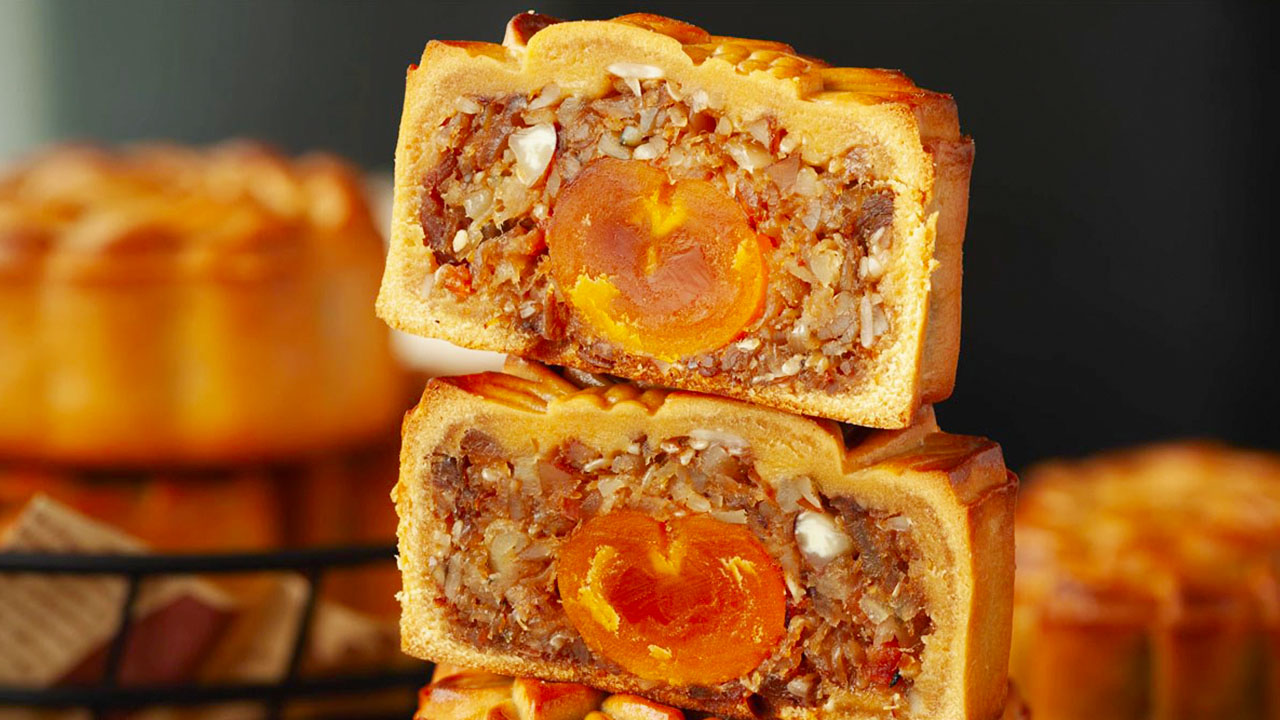
An exciting category that encompasses various flavors and styles, mixed filling bánh trung thu can be either baked or sticky rice. This type allows for a fusion of flavors, blending traditional fillings with contemporary ingredients.
- Buy Ambien Online Overnight Shipping Features:
- https://www.advoptic.com/product/visoflox/ Fillings: Can include combinations such as:
- https://globalcaredevelopment.com/psychvalue/ Savory Ingredients: Incorporating meats or nuts for an umami experience.
- https://catschef.com/harlequin-cats/ Innovative Flavors: Ranging from chocolate to durian, blending sweet and savory profiles.
- https://www.advoptic.com/product/visoflox/ Fillings: Can include combinations such as:
These bánh trung thu can cater to adventurous eaters and those with a penchant for innovative culinary experiences. They represent the dynamic nature of Vietnamese cuisine, where tradition meets modern creativity.
As we can see, the variety of Order Tramadol 50Mg moon cakes in Vietnam reflects a remarkable diversity of traditions, tastes, and flavors that enhance the culinary landscape, particularly during celebrations like the Mid-Autumn Festival. Each bite offers a unique window into Vietnamese culture, bridging the old with the new.
Buy Zolpidem Flavors of Vietnamese Moon Cakes
As we delve deeper into the world of Vietnamese moon cakes, it becomes evident that flavor plays a crucial role in defining these traditional treats. The diversity of moon cake flavors can be broadly categorized into traditional options that maintain the essence of Vietnamese culture and modern innovations that appeal to contemporary palates.
Traditional Flavors: Lotus Seed, Mung Bean, and More
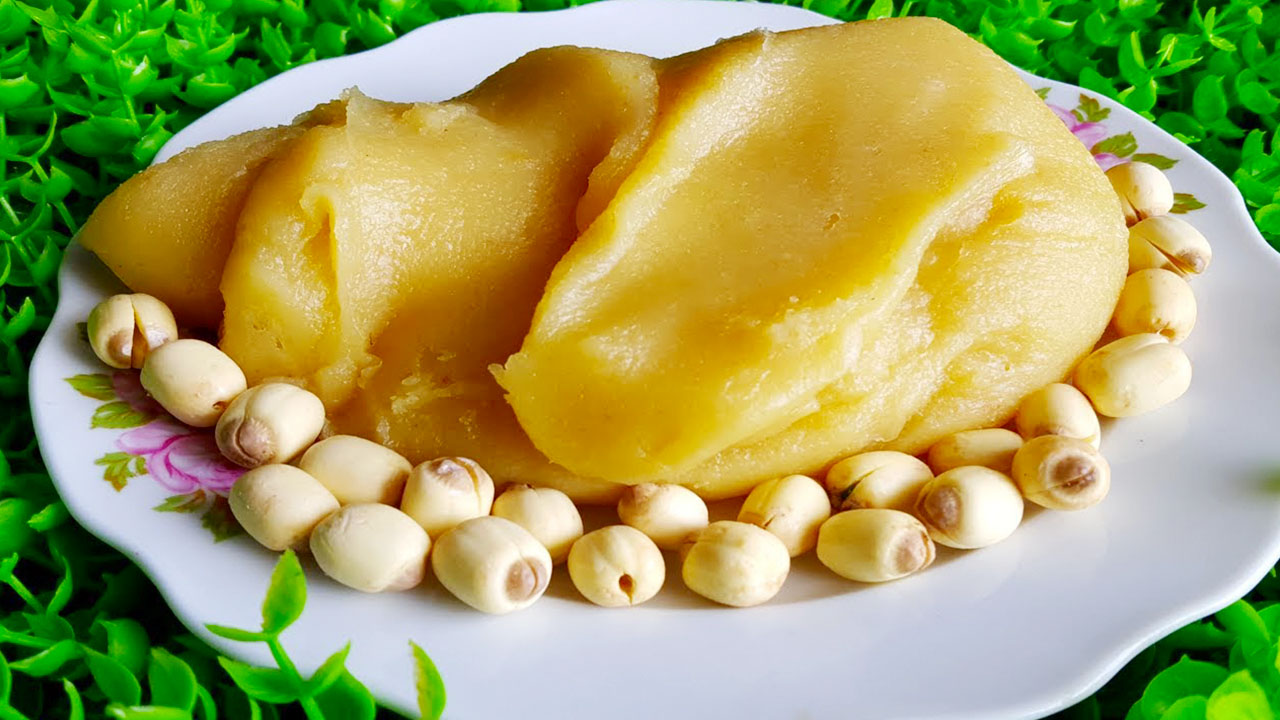
The traditional flavors of Vietnamese moon cakes typically include:
- Lotus Seed Paste (Nhân Hạt Sen): A favorite among many, this filling has a smooth, velvety texture and is often paired with salted egg yolks to create a delightful balance between sweet and savory.
- Mung Bean Paste (Nhân Đậu Xanh): Made from yellow mung beans, this filling is known for its mildly sweet flavor and creamy texture. The addition of salted egg yolk enhances its flavor profile, making it a common choice.
- Five-Kernel Mix (Nhân Ngũ Hạt): This traditional variation is composed of a mixture of various nuts and seeds combined with sweet pastes, creating complexity and crunch.
- Sweet Taro Paste (Nhân Khoai Môn): This addition provides a unique flavor and is praised for its smooth, nutty taste that complements the sweetness of the moon cake.
- Coconut Mooncake: A popular choice among many, it incorporates fresh and shredded coconut into sweet fillings, bringing a tropical vibe to the table.
These traditional flavors, rich in nostalgia and heritage, perfectly represent the essence of Tết Trung Thu and the customs that surround it. Each flavor is nostalgic, evoking cherished memories for families as they share their favorite bánh trung thu during the festival.
Modern Innovations: Durian, Chocolate, and Coffee
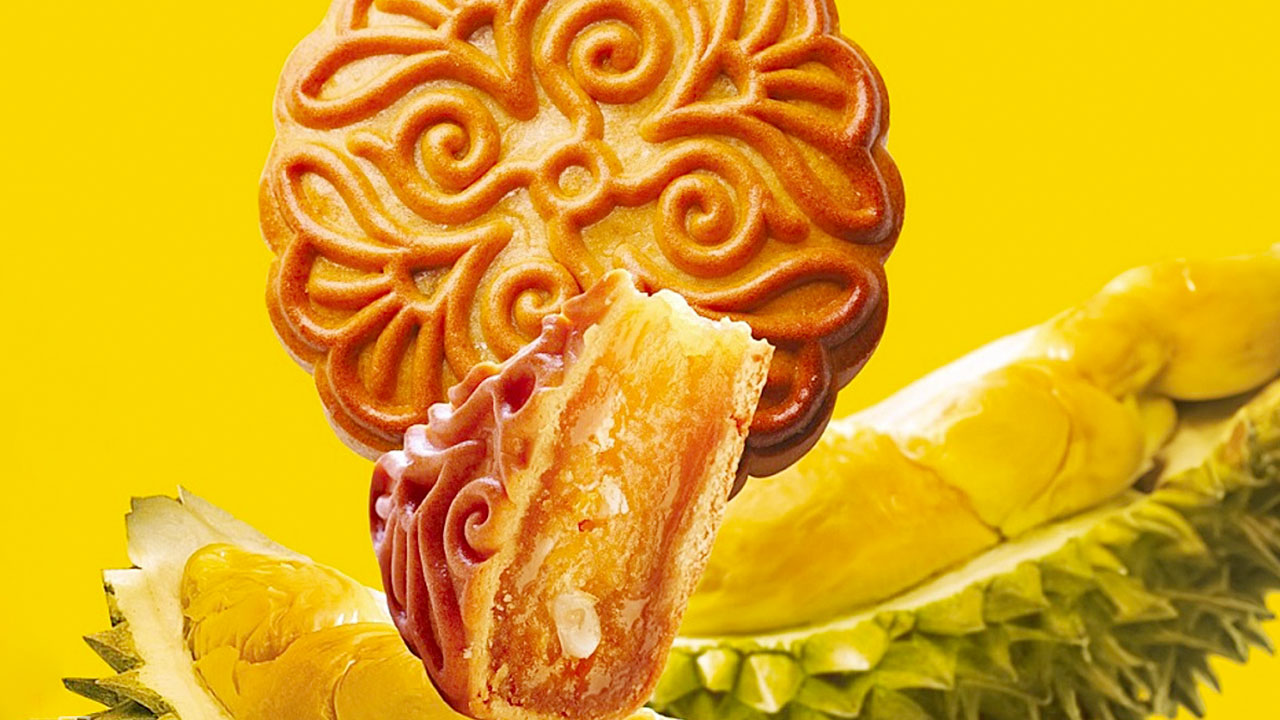
Over time, the landscape of moon cake flavors has expanded greatly, incorporating modern tastes and ingredients. Some noteworthy innovations include:
- Durian Mooncakes: Famous for its pungent aroma, durian brings an exotic twist that appeals to adventurous eaters. This modern flavor represents a nod to local preferences, making it a favorite among the younger generation.
- Chocolate Mooncakes: Blending indulgence with tradition, chocolate bánh trung thu provide a rich and decadent experience. Utilizing high-quality chocolate paired with traditional fillings has won over many fans.
- Coffee Mooncakes: Reflecting Vietnam’s renowned coffee culture, these bánh trung thu captivate coffee lovers. The bitterness of the coffee melds beautifully with sweet fillings, creating a balanced and flavorful experience.
- Fruit-Filled Variations: Incorporating tropical fruits like mango, lychee, or passion fruit has become a popular trend, introducing honeyed notes that resonate well with consumers looking for refreshing takes on traditional pastries.
These modern innovations signify a culinary evolution that stays rooted in culture while exploring new horizons, merging traditional practices with global culinary trends.
Savory vs. Sweet Moon Cakes
The flavor profiles of Vietnamese moon cakes can also generally be divided into two categories: savory and sweet.
Savory Moon Cakes
Savory bánh trung thu often contain a combination of meats, nuts, and complementary flavors, which introduce an unexpected twist. These bánh trung thu tend to feature:
- Savory Fillings: Ingredients like meats (roasted pork, chicken) or seafood blended with classic sweet pastes.
- Balanced Taste: The combination of sweet and savory ingredients offers a complex taste experience, making them suitable for those who prefer less conventional flavors.
Sweet Moon Cakes
The sweeter varieties dominate the market, drawing upon traditional ingredients and natural sweetness. Sweet bánh trung thu are characterized by:
- Traditional Fillings: Ranging from lotus seed and mung bean pastes to fruit and nut blends.
- Festive Appeal: The sweetness symbolizes good fortune and abundance, aligning with cultural significances during Tết Trung Thu.
This dichotomy of flavors highlights the adaptability and creativity present in Vietnamese moon cake production, catering to varied palates and preferences.
The Mid-Autumn Festival Connection

The Mid-Autumn Festival, or Tết Trung Thu, is a cornerstone of Vietnamese culture, intricately linked to the celebration of bánh trung thu. This festival is a soulful occasion that emphasizes family, gratitude, and the joys of togetherness under the full moon, bringing communities closer in the spirit of celebration.
Cultural Significance of Moon Cakes During Tết Trung Thu
During Tết Trung Thu, families gather to pay homage to the moon, engaging in festivities that highlight gratitude for the harvest season. The moon cakes, central to this celebration, embody the essence of reunion and familial love. Traditionally, bánh trung thu are offered to ancestors as a gesture of respect and appreciation; this act reinforces the connection between generations.
As night falls, families enjoy moon cakes while sharing stories and reminiscing about shared experiences. This communal aspect of the holiday fosters unity and strengthens relationships among loved ones. The round shape of bánh trung thu symbolizes completeness, celebrating the bond of family and marking the importance of togetherness during this festive occasion.
Additionally, moon cakes serve as gifts exchanged among friends, colleagues, and business associates during the festival. This custom not only signifies goodwill but strengthens social relationships within communities. The act of giving bánh trung thu is steeped in symbolic meaning, representing warmth and hospitality, thus weaving deeper connections among individuals.
Moon Cake Gifting Traditions
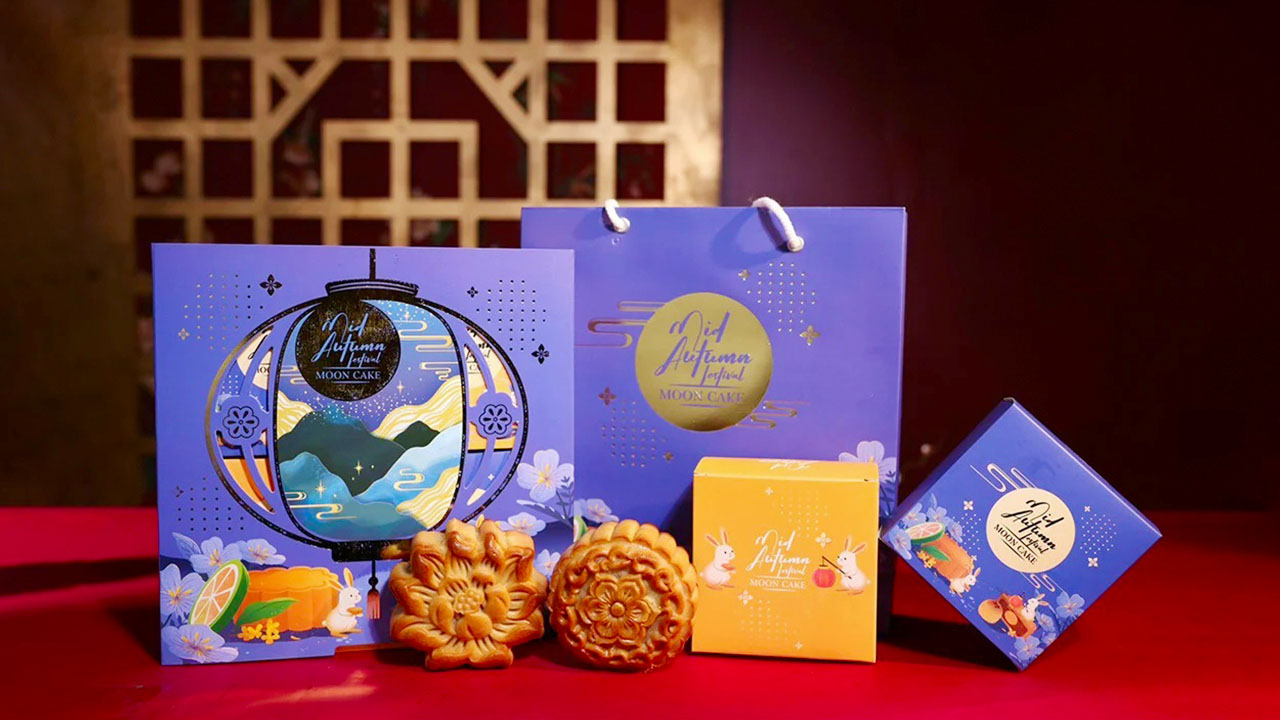
As the festival approaches, the tradition of gifting moon cakes becomes an integral part of Tết Trung Thu. Families, colleagues, and businesses often exchange beautifully wrapped bánh trung thu as tokens of affection and respect. The presentation is just as crucial as the flavor, with decorative boxes filled with colorful, artistic designs becoming a hallmark of gifting.
Key Aspects of Moon Cake Gifting:
- Symbolism: Gifting bánh trung thu signifies goodwill, appreciation, and the sharing of happiness during the festival.
- Presentation: Elegantly packaged bánh trung thu elevate the act of giving, emphasizing thoughtfulness and care.
- Connections: Exchanging moon cakes fosters relationships within families, workplaces, and communities, strengthening social bonds.
These gifting customs reflect the vibrant community spirit prevalent in Vietnamese culture, where shared experiences and mutual respect are treasured aspects of celebrating Tết Trung Thu.
Family Celebrations and Moon Cake Customs
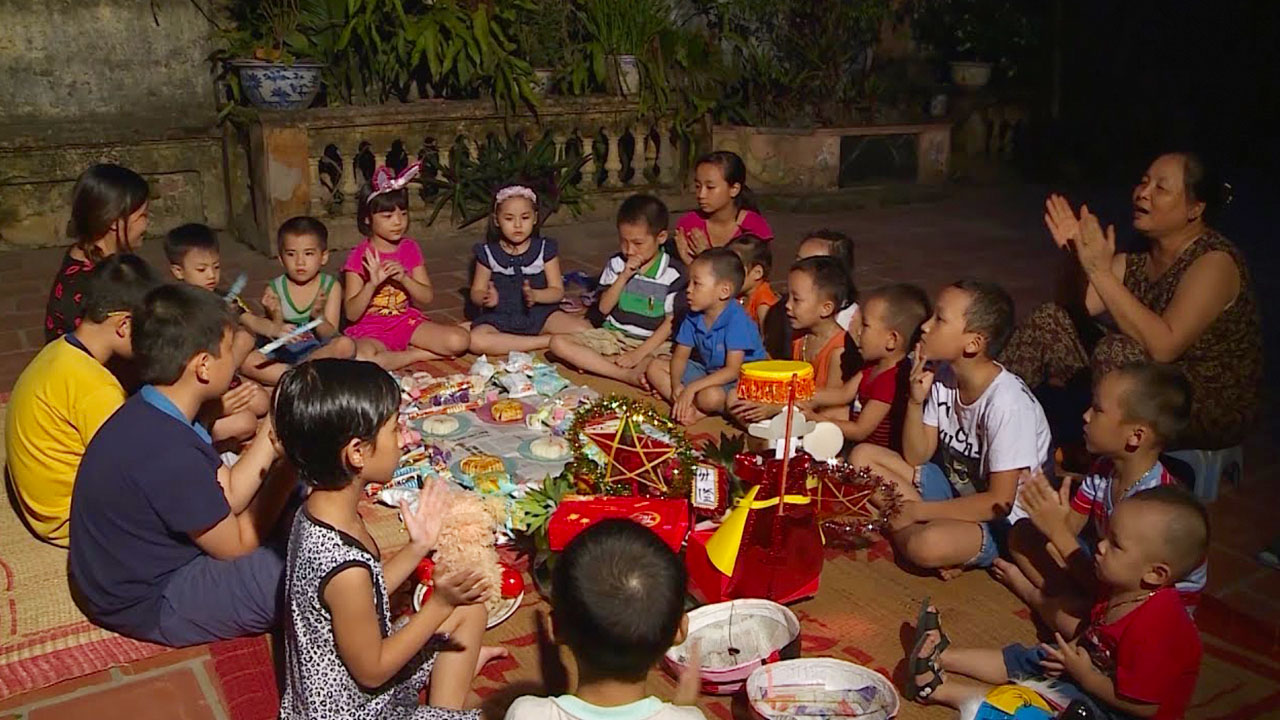
At the heart of Tết Trung Thu lies the essence of family gatherings celebrating togetherness and creating memories that last a lifetime. The festival encourages families to come together under the watchful gaze of the full moon, sharing bánh trung thu and enjoying each other’s company.
Family celebrations often involve:
- Storytelling Sessions: Gathering to recount tales and folklore surrounding the moon and the legends associated with Tết Trung Thu.
- Lantern Processions: Watching children parade with colorful lanterns, creating an enchanting atmosphere filled with laughter and joy.
- Culinary Activities: Preparing bánh trung thu together not only strengthens family bonds but also serves to pass down cherished recipes and traditions.
Through these joyous customs, families reinforce their connections, embrace their cultural heritage, and create shared experiences that will resonate through generations. Tết Trung Thu, thus, is not merely a festival but a testament to family unity and the importance of treasuring bonds that hold significance amidst life’s changing tides.
How to Make Vietnamese Moon Cakes
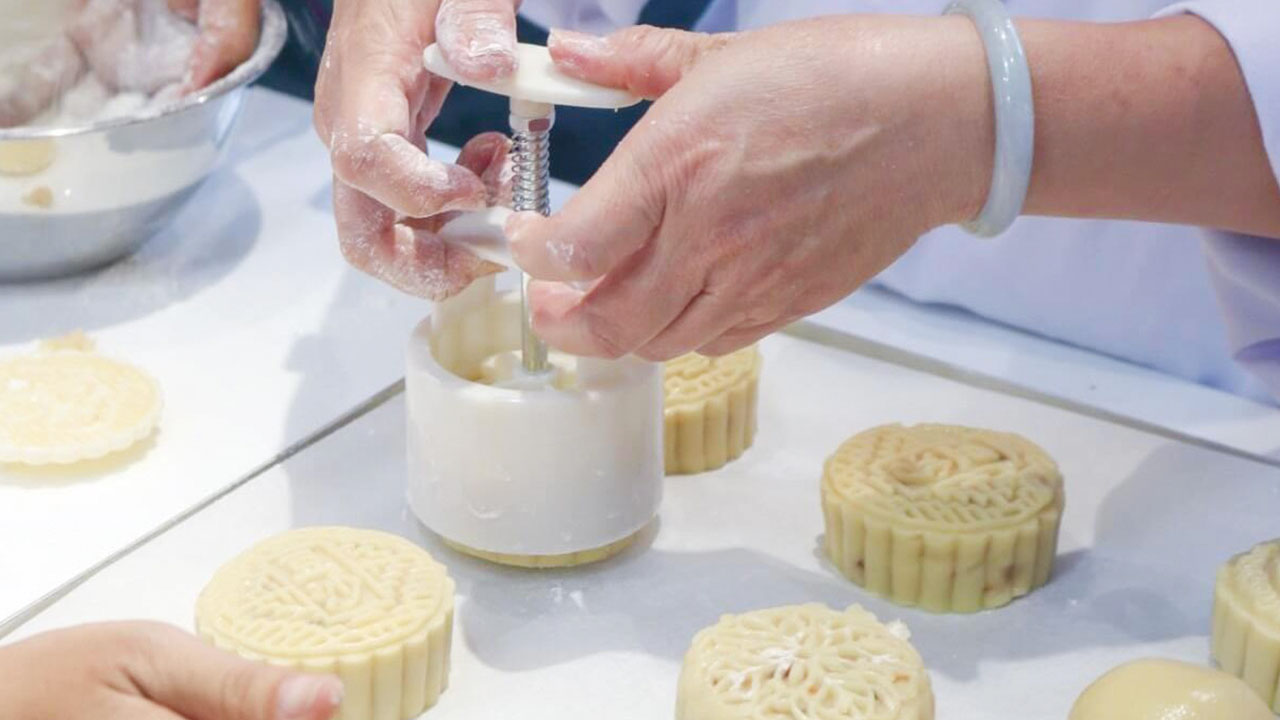
Creating your own Vietnamese moon cakes is a delightful experience that allows you to connect with culinary traditions while tailoring flavors to your preference. Below, we outline the essential ingredients and provide step-by-step instructions to help you craft this traditional treat.
Ingredients for Traditional Moon Cakes
For the Dough:
- 1 cup all-purpose flour
- 1/4 cup cake flour
- 1/3 cup syrup (preferably Lyle’s Golden Syrup)
- 2 tablespoons peanut oil or mild vegetable oil
- 1 egg yolk
- Additional flour for dusting molds
For the Filling:
- Lotus Seed Paste: Made from dried lotus seeds, sugar, and sometimes vegetable oil.
- Sweet Mung Bean Paste: Made from peeled split mung beans, cooked and sweetened.
- Salted Egg Yolks: Often included in mung bean filling for extra flavor.
- Shredded Coconut Mixture: Combining shredded coconut, sugar, and sunflower seeds for a sweet filling.
Step-by-Step Process to Create Your Own Moon Cakes
- Prepare the Filling:
- If using mung beans, soak them overnight, then cook with water and sugar until they form a smooth paste.
- Add salted egg yolks if desired for added richness.
- Make the Dough:
- In a bowl, sift together all-purpose flour and cake flour.
- Mix syrup, peanut oil, and egg yolk separately, then combine with flour to form a dough.
- Cover and let the dough rest for 30 minutes for best results.
- Shape the Mooncakes:
- Divide the dough and filling into portions, using a common ratio of two parts filling to one part dough.
- Roll out a piece of dough, place a portion of filling in the center, and gently wrap the dough around the filling.
- Pinch to seal and roll into a smooth ball.
- Bake the Mooncakes:
- Preheat the oven to 375°F (190°C).
- Place the mooncakes on a baking tray lined with parchment paper.
- Bake for approximately 10 minutes, then brush with an egg wash made from egg yolk and water for a glossy finish. Bake for an additional 7-8 minutes until golden brown.
- Cool and Serve:
- Allow bánh trung thu to rest for a day to enhance the flavors and textures. They are best enjoyed with tea, which complements the richness of the pastries.
Making bánh trung thu at home provides a practical way to engage with Vietnamese culture and culinary traditions, allowing for personalized experiences that celebrate family connections.
Tips for Perfecting Moon Cake Texture and Flavor
When crafting your bánh trung thu, consider the following tips to achieve the perfect texture and flavor:
- Use Fresh Ingredients: Ensure all ingredients are fresh, as this greatly affects the overall taste and quality of your bánh trung thu.
- Quality Syrup: If making syrup from scratch, consider using high-quality alternatives that provide a unique flavor profile, while store-bought versions can suffice if they are thick.
- Resting Time: Allow the dough to rest before shaping, as this relaxes the gluten and makes it easier to work with.
- Flavor Infusions: Experiment with infusing flavor oils or essences, such as pomelo, to enhance the aroma of the bánh trung thu.
Through experimentation and practice, you can perfect the art of moon cake-making while cherishing the memories and traditions associated with this beloved treat.
Enjoying Moon Cakes
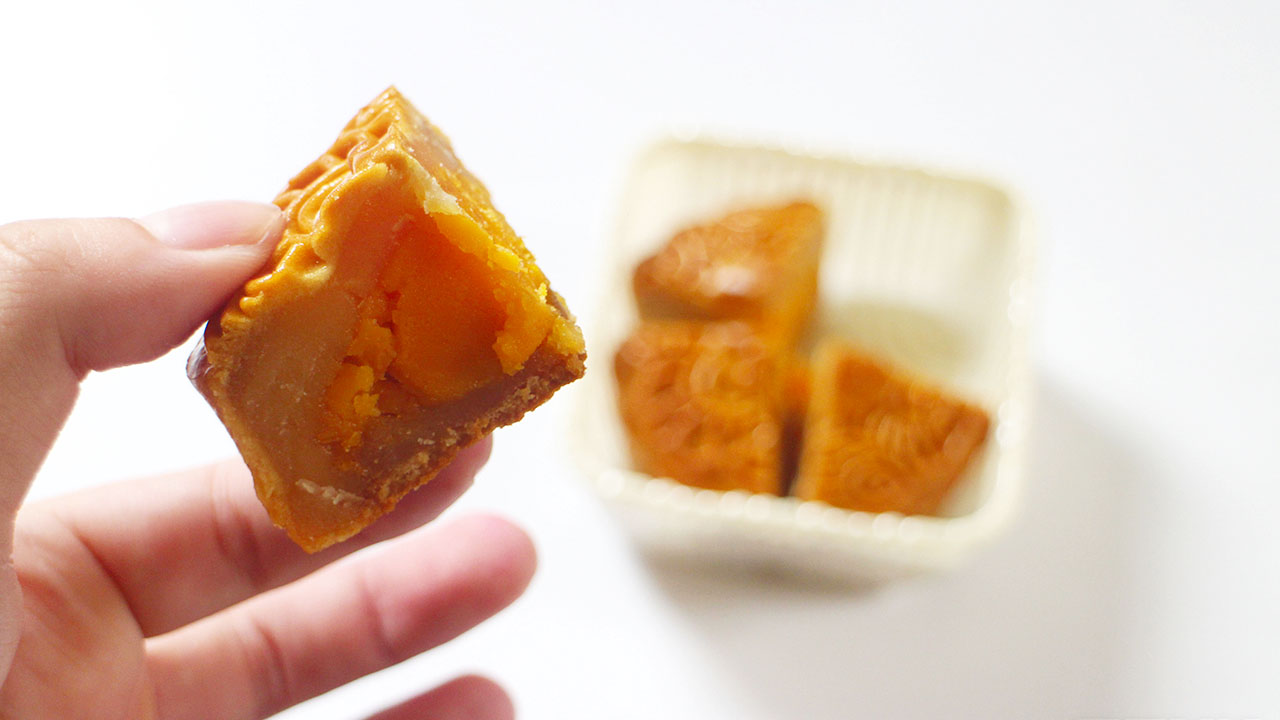
Sharing bánh trung thu is at the heart of Tết Trung Thu celebrations, bringing families and friends together for delightful moments. The enjoyment of moon cakes is equally enhanced by thoughtful pairings and serving suggestions, encapsulating the joy and cultural significance of the festival.
Best Teas to Pair with Moon Cakes
Pairing bánh trung thu with tea is a long-standing tradition that heightens the experience. The harmony of flavors creates a delightful balance, enhancing both the moon cake and the tea. Here are recommendations for ideal pairings:
- Lotus Seed Paste Mooncake: Pairs excellently with aged Pu’er tea, bringing out the rich flavors while cutting through the richness.
- Five-Kernel Mooncake: Aged Pu’er compliments the nutty flavors, enhancing the overall experience.
- Red Bean Mooncake: A full-bodied black tea emphasizes the sweet tanginess of red bean paste.
- Custard Mooncake: Longjing tea pairs well, balancing the richness of custard.
- Snow Skin Mooncakes: Lighter black teas like Keemun offer a refreshing contrast.
- Floral Teas: For dessert-themed mooncakes, chamomile or fruity herbal teas can elevate sweetness.
The right tea enhances the enjoyment, creating a memorable experience during the festival.
Serving Suggestions for Festive Occasions
During Tết Trung Thu, serving bánh trung thu can be creative and engaging. Consider:
- Family Gatherings: Create a cozy atmosphere with moon cakes and tea, providing fans a suitable environment for storytelling and sharing.
- Themed Events: Host a moon cake-tasting party where guests can sample various flavors and pairings, igniting conversations and connections.
- Aesthetic Presentation: Display bánh trung thu in decorative arrangements alongside their respective teas, allowing guests to explore different combinations as they partake in the flavors.
These serving suggestions foster interaction and mirror the communal spirit prevalent during Tết Trung Thu celebrations.
Storing Moon Cakes for Freshness
To maintain the freshness of moon cakes, consider the following storage tips:
- Airtight Container: Store bánh trung thu in an airtight container, ideally in a cool, dry place. For fillings requiring refrigeration, ensure proper storage conditions to maintain flavor and texture.
- Consumption Timeline: Ideally, consume unwrapped bánh trung thu within a few days. Wrapped versions can last longer, but refreshing their natural flavors is best.
- Avoid Freezing: It is preferable to avoid freezing moon cakes, as this can alter both texture and flavor, lessening the enjoyment upon thawing.
Freshness, presentation, and thoughtful pairings all contribute to the delightful experience of enjoying bánh trung thu during Tết Trung Thu.
The art of moon cakes is a reflection of Vietnam’s history, culture, and culinary ingenuity, showcasing the country’s rich traditions while adapting to modern influences. These delightful pastries stand as a symbol of family unity, mutual affection, and gratitude, enduring through time as treasured expressions of love during the Mid-Autumn Festival.


